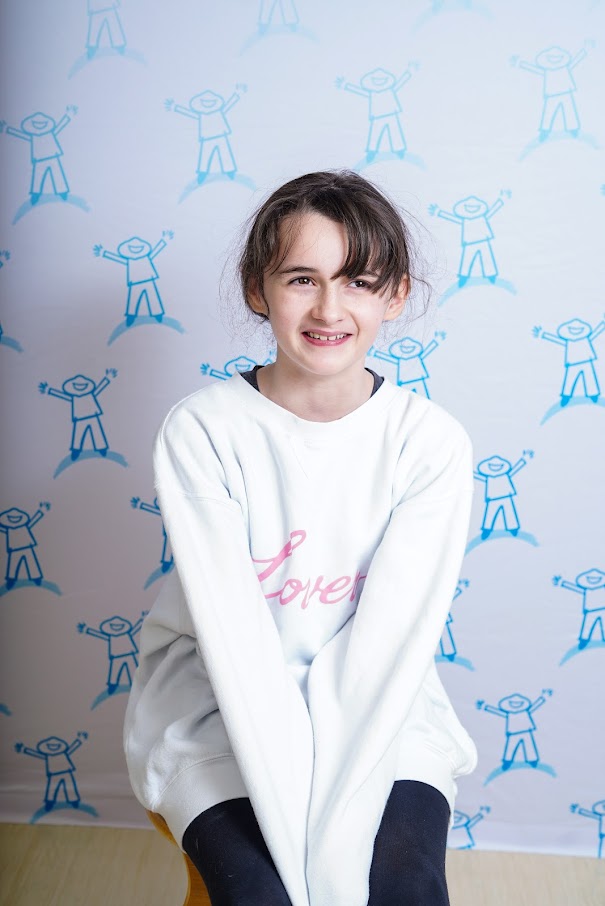Grandview Kids serves many children and youth with various medical diagnoses. A large population of these children and youth have disabilities that are sometimes referred to as “invisible disabilities.” According to the Invisible Disabilities Association, an invisible disability is “a physical, mental or neurological condition that is not visible from the outside, yet can limit or challenge a person’s movements, senses or activities.”
Lindsey is a Grandview Kids parent, Family Advisory Council (FAC) member and 10-year School Community Councils (SCC) chairperson. She shares how her family has learned to understand and support her 10-year-old daughter, Zayla, who has attention-deficit/hyperactivity disorder (ADHD) and autism spectrum disorder (ASD) and the unique challenges that come with a disability with invisible symptoms.

Lindsey and Alex, along with their two daughters, Zoey and Zayla, are a close-knit family that enjoys going to Canada’s Wonderland for thrilling rides and American border crossing for shopping trips. At the age of four, Zayla was diagnosed with ADHD by her paediatrician and was referred to Grandview Kids after exhibiting signs such as lengthy meltdowns and delayed milestones. Though her parents recognized Zayla’s difference at an early age, they were told she did not meet enough markers to receive an ASD diagnosis until a recent reassessment done in August 2023.
Soon after her ADHD diagnosis, Zayla started accessing Occupational Therapy at Grandview Kids, which would be a learning journey for her whole family. She is highly intelligent, and her family noticed quickly that “any tools she was provided, she was willing to keep in her toolbox and utilize.” She is hyper-aware of her behaviours, seeing her lack of impulse control, and shows lots of empathy for how she’s acting but is unable to control it. Her occupational therapist was now someone speaking a language she understood, making it possible for her to control/regulate herself.


During the COVID-19 pandemic, she also had virtual recreational therapist sessions, which helped her learn how to navigate transitions. Socializing and making friends always came quickly, but learning to do things her friends wanted to do that she didn’t was a challenge. Zayla’s enthusiasm in therapy is evident as she recently achieved all the goals she set with her recreational therapist, Julia.
With Zayla’s recent ASD diagnosis, her family found getting a reassessment challenging but advocated for their daughter so that she could receive the appropriate support. Her parents learned that “sometimes it takes long for people to listen to you. We’re not doctors and don’t know the language/road to get this done.” Although they would have preferred an earlier ASD diagnosis to have opened doors for early intervention, they are glad that they are starting now and hope to receive Ontario Autism Program (OAP) funding before she ages out.
Having a child with an invisible disability means that her family sometimes faces judgment by others through sideways glares and unwarranted comments because of Zayla’s behaviour. These encounters were more complex when she was younger, but now, they have decided as a family to stop apologizing for things and have found that these moments can be opportunities for dialogue. Zayla is uniquely her, and her diagnosis is just a part of her but does not define her. Lindsey knows they “…are very lucky in [their] community.” Zayla is surrounded by fantastic friends and a great school where they prioritize making kids feel safe. Growing up in the Grandview Kids community provides an extra layer of protection and safety, knowing therapists are available when help is needed.
Check out more Grandview Kids articles
- June: Dates of Significance
- Acknowledging holidays and celebrations in June
- Colton’s Story: Dravet Syndrome Awareness Day
- Rudra’s Journey: Arthrogryposis Awareness Day
- Nick Story: Spina Bifida Awareness Month
